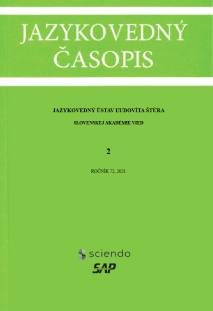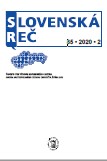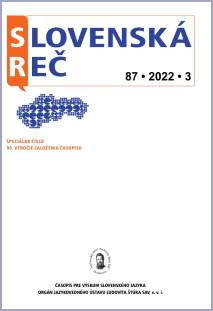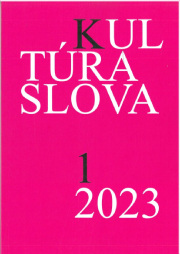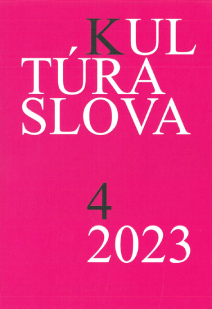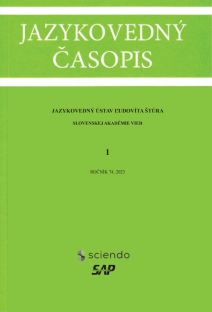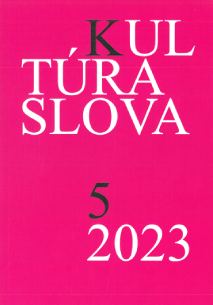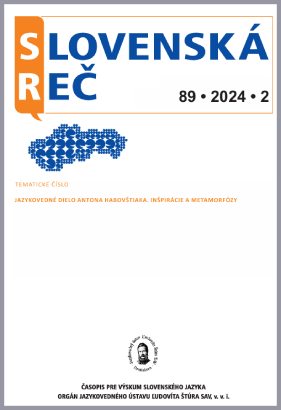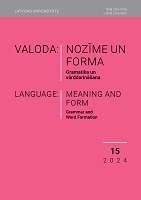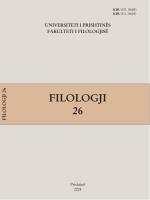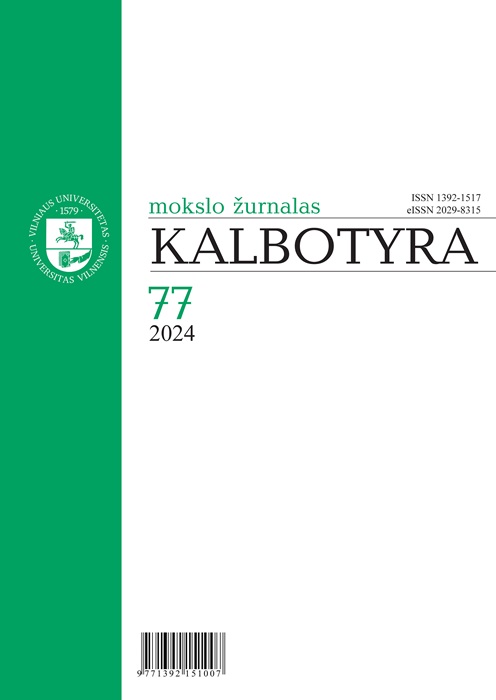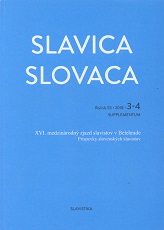
Stav vojvodinskej slovenčiny ako enklávneho jazyka
The paper aims to capture the current state of Vojvodina Slovak as an enclave language in Serbia in regards to the latest dynamic processes at the level of its phonetic, grammatical, lexical and pragmalinguistic functions. The study examines the development tendencies of the Vojvodina Slovak language against the background of the strong pressure of Serbian. It appears that the written form of Vojvodina Slovak used in public communication, especially in print, electronic media and publishing, is strongly influenced by Standard Slovak codified in Slovakia. At the same time, it retains its own „Vojvodina attributes“ resulting from the underlying dialect and bilingual context.
More...
